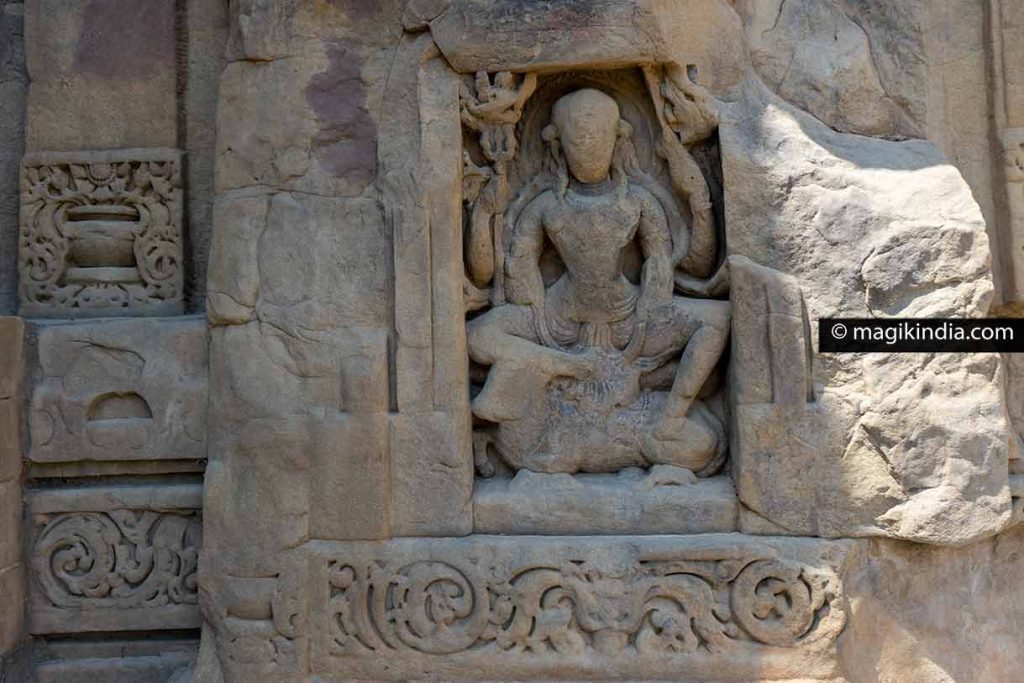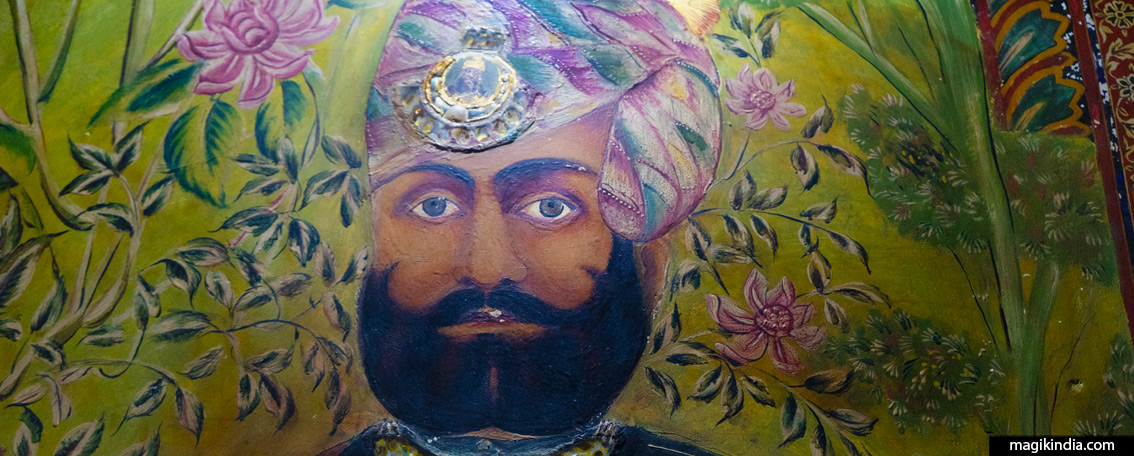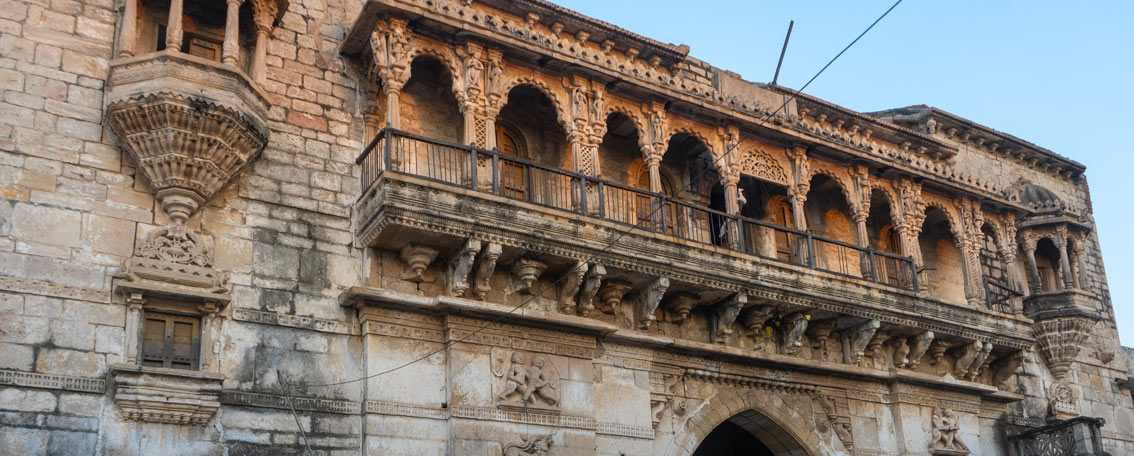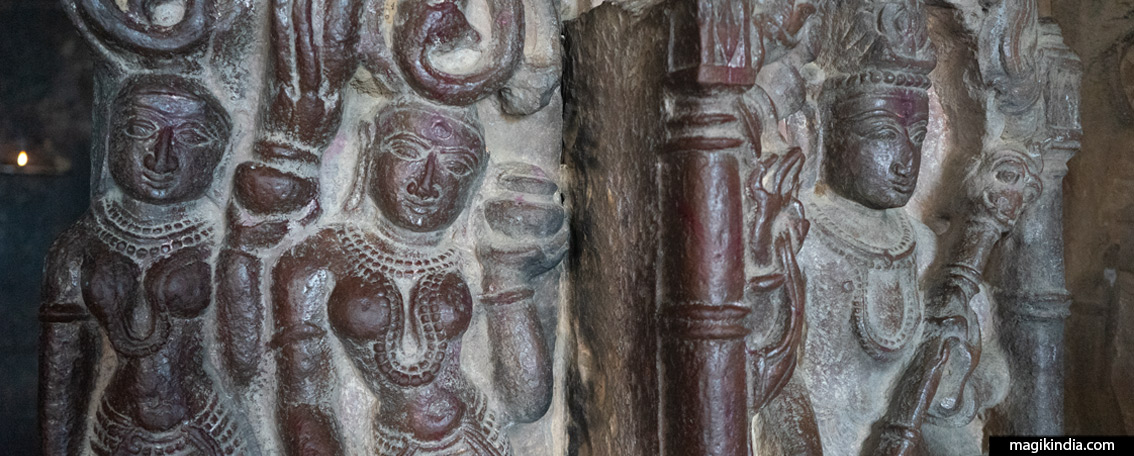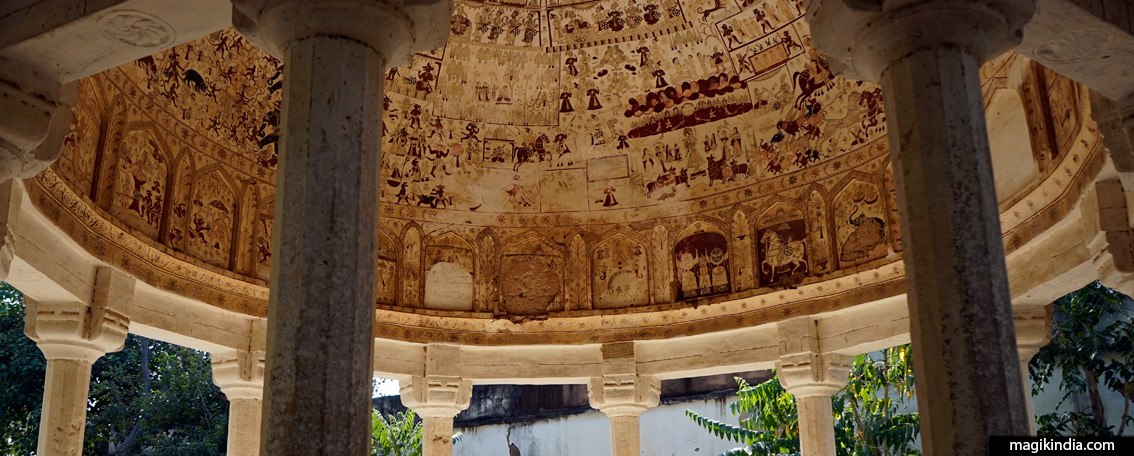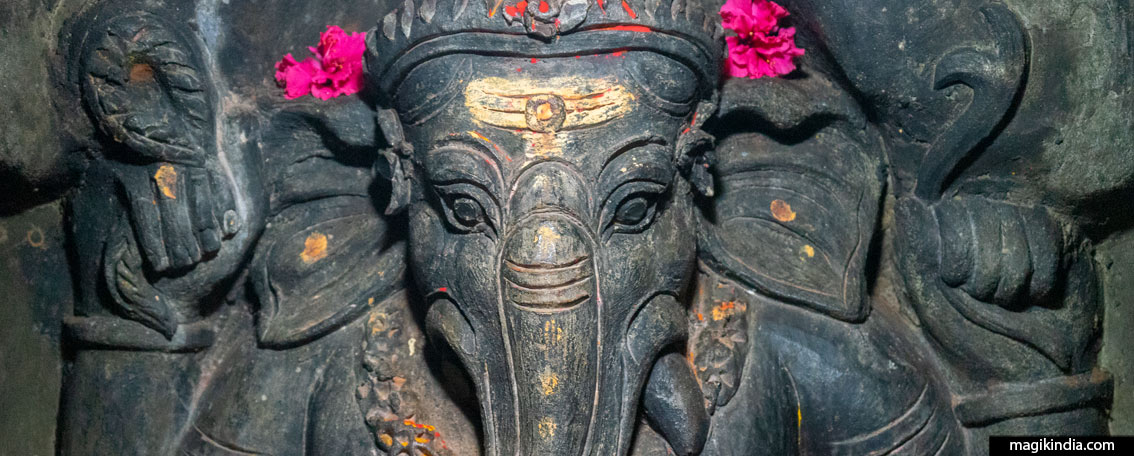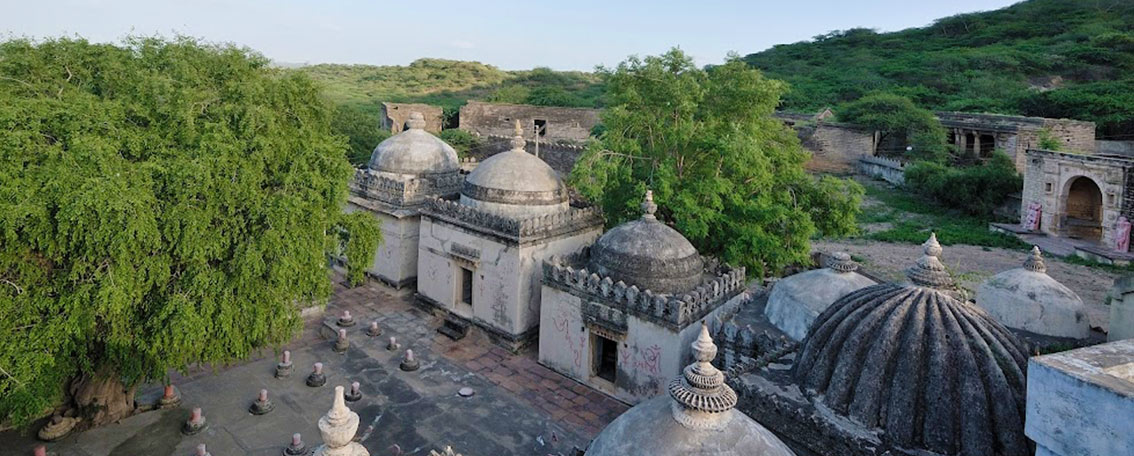
Masrur, the pearl of the Kangra Valley
Masrur, located 40 km from Dharamshala (Himachal Pradesh), is most certainly the archaeological pearl of the Kangra Valley. Although unfinished,there is something majestic about this cave temple, dating from the early 8th century AD and it can be added to the long list of the fabulous monolith sanctuaries of India.
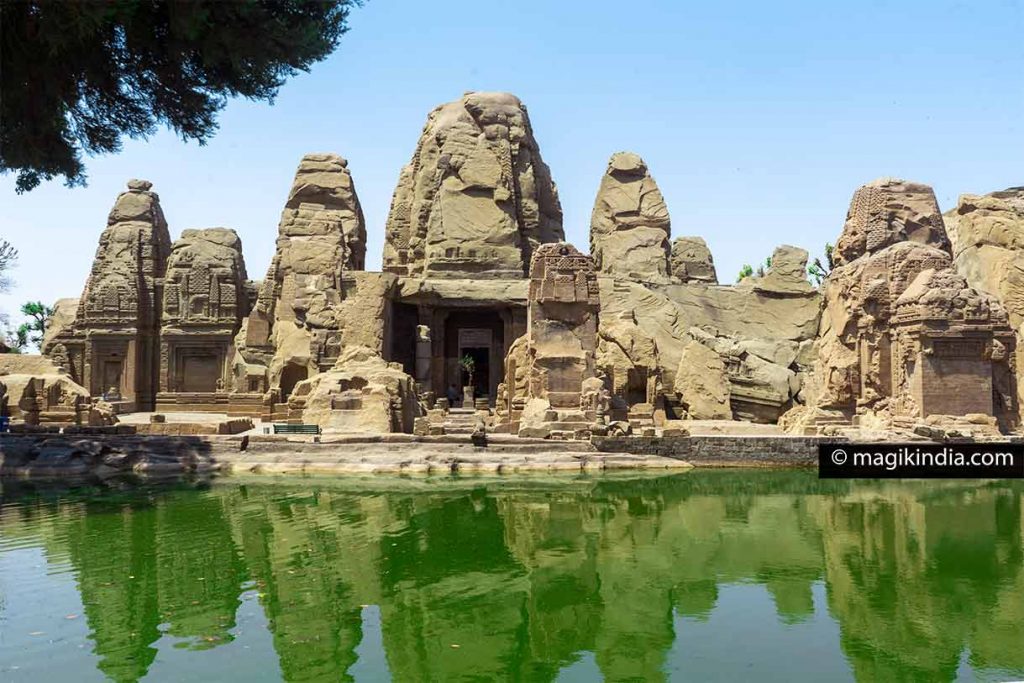
The exact dating of the Masrur temple is not known, however as it has similarities with the Elephanta caves (Mumbai) and the cave temples of Mahabalipuram (Tamil Nadu), archaeologists place its construction around the 8th century CE.
It is thought to have been built by one of the rulers of the ancient kingdom of Jalandhar (Punjab) or by the Katoch dynasty under the leadership of Yashovarman, the powerful king of Kannauj (Uttar Pradesh).
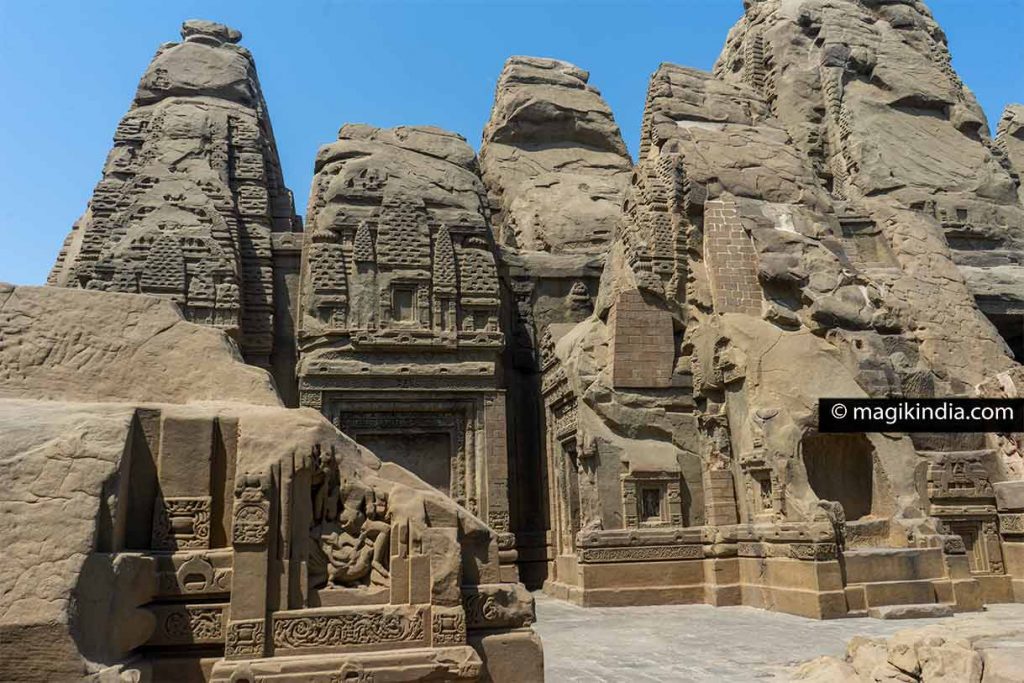
Masrur is built facing east in the Nagar architectural style (northern India) and according to a “Sarvatobhadra” plan, that is to say accessible from the four cardinal points. In accordance with the Vastu Shastra, the science of architecture of ancient India, a large pond has been dug in front where the temple is beautifully reflected.

With its many sikharas (spines), Masrur is reminiscent of a complex of temples, however it is a single temple, with, in its center, the garbhagriha, (the main shrines) surrounded by several small shrines, twenty-five in total, dedicated, among others, to Vishnu, Indra, Ganesha, Kartikeya and Durga.
The temple is carved in situ from a single block of sandstone. Thanks to this solid construction, the building suffered comparatively less damage than other monuments during the 1905 earthquake that devastated the region.
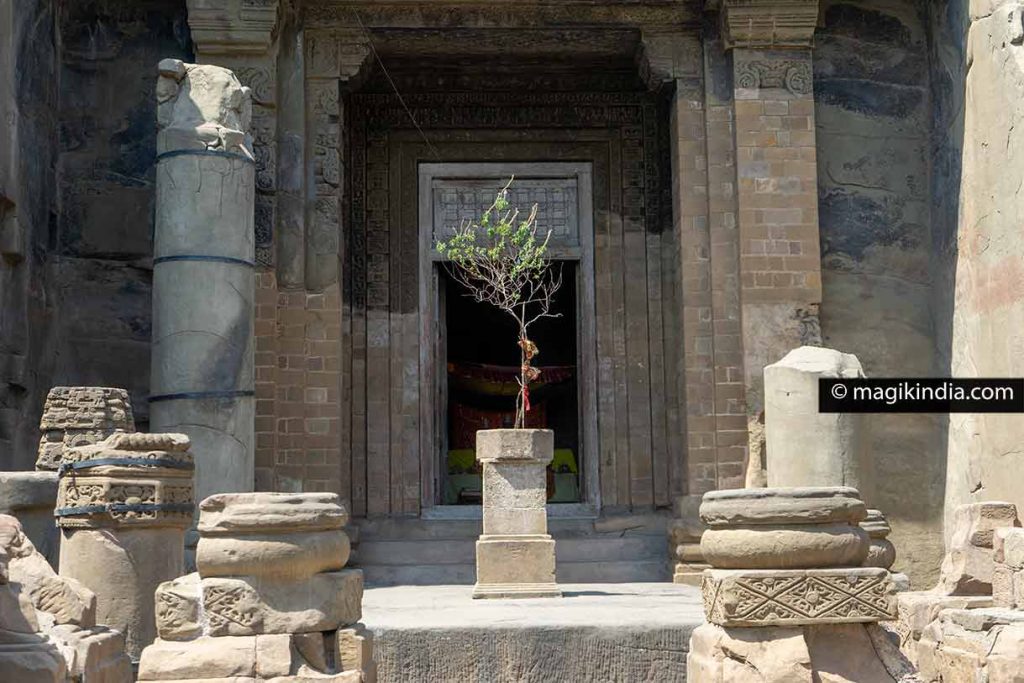
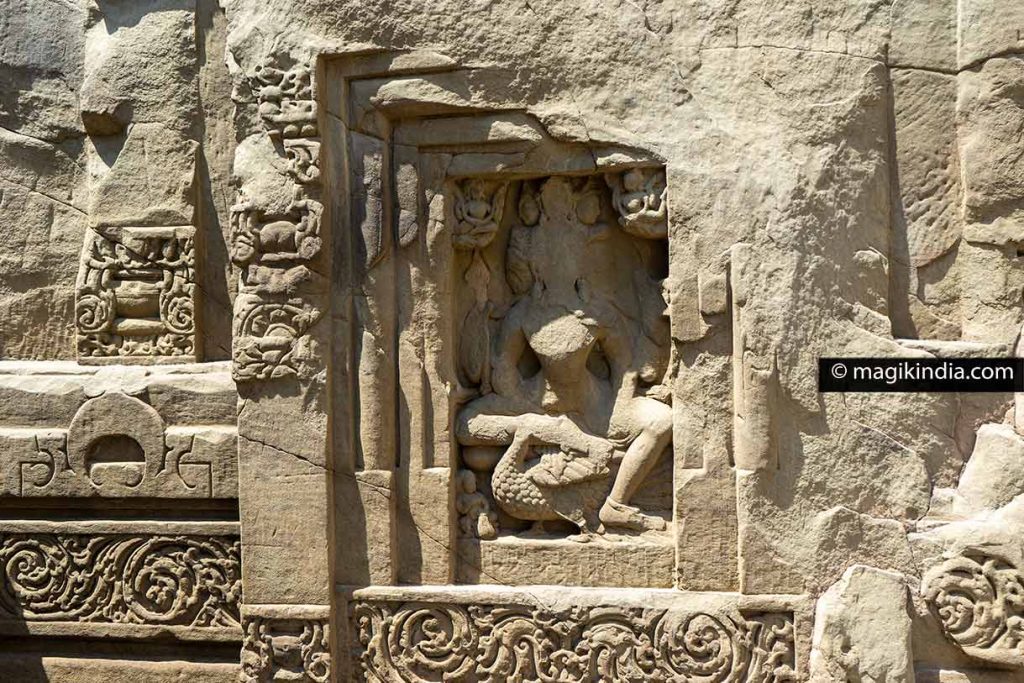
For some unknown reason, the building was never finished. Flaws in the structure of the rock could be one of the explanations.
According to a local legend, the Pandava brothers of the Mahabharata epic resided here “incognito” during their exile from their kingdom and built this temple. But, since their location would have been revealed, they would have fled from Masrur, abandoning its construction.
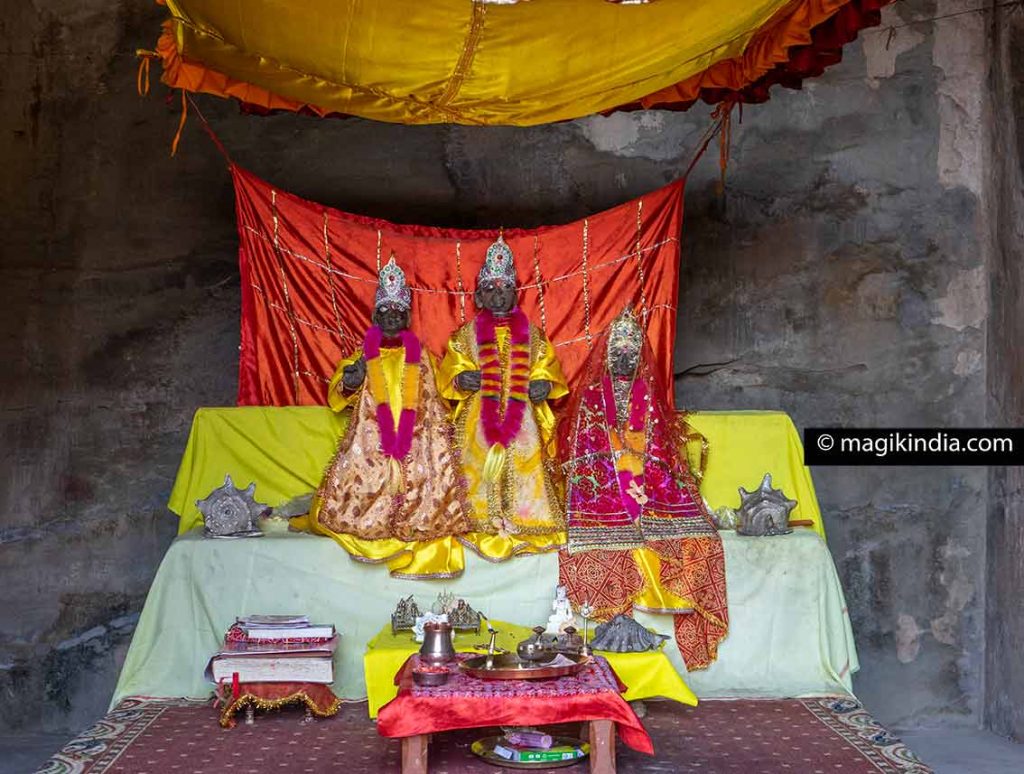
Originally, the central temple was dedicated to Shiva and contained a Lingam.
During the 20th century, three black sandstone statuettes of Rama, Lakshmana and Sita, heroes of the Ramayana epic, were placed in the sanctum sanctorum, surely in reference to the legend I cited above.

The architecture of the Sikharas is particularly refined. It is made in the “latina” type (curvilinear) with a series of horizontal slabs superimposed and placed in offsets. The surface is covered with tracery; the whole being to recreate the aspect of a mountain. Sikhara is also translated as “mountain peak”.
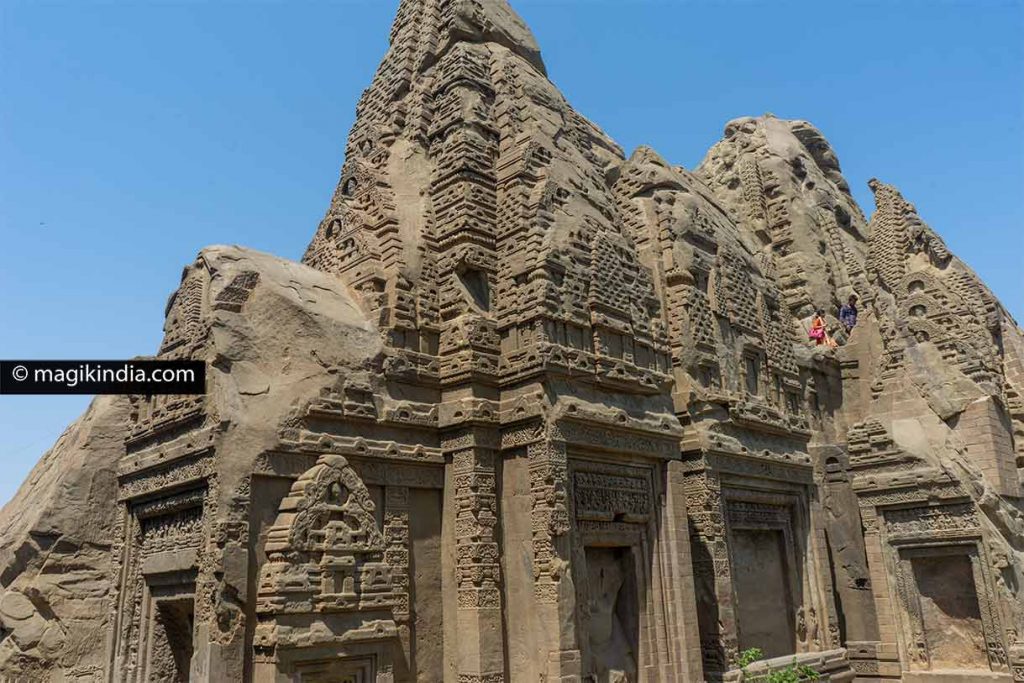
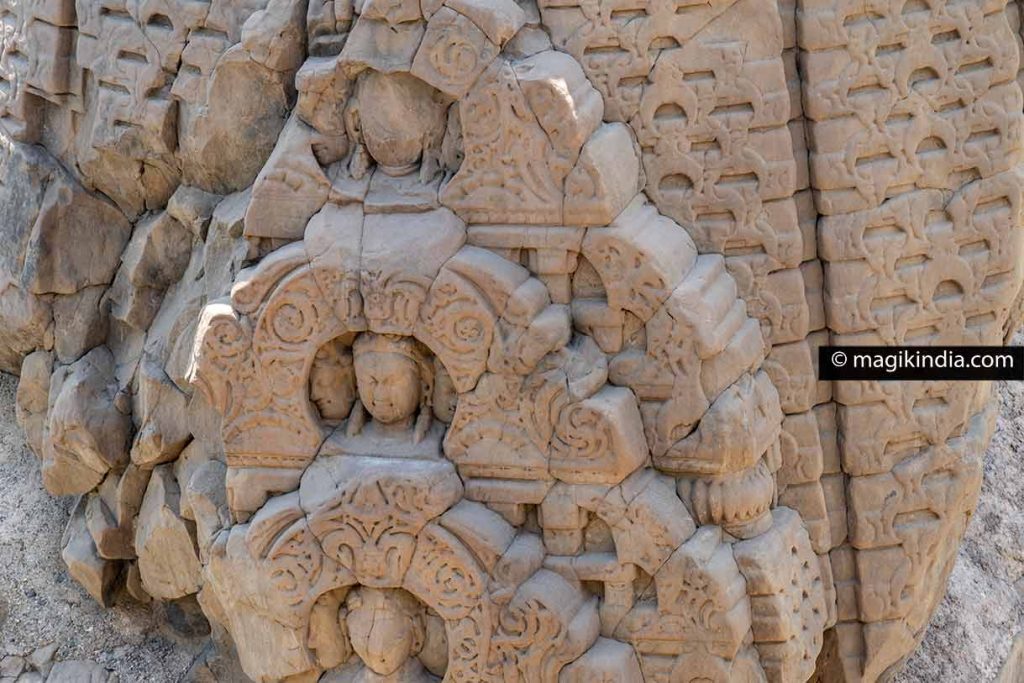
The temple also has secular images of daily life such as couples (mithuna), musicians and dancers.
